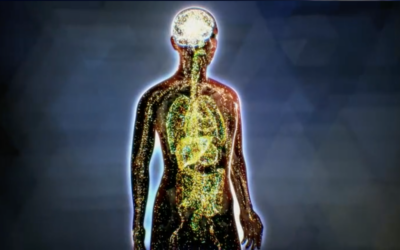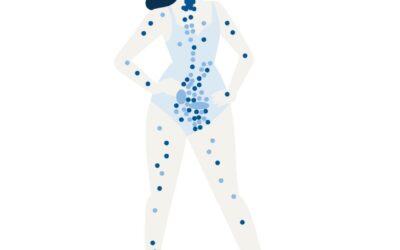Above: Karen Elizabeth Wapato swimming from Alcatraz as part of PATHSTAR Alcatraz Swim Week
People are celebrating Indigenous Peoples’ Day today with peaceful protests, political actions, marches, panel discussions, sunrise and sunset ceremonies, prayer, education, traditional dancing, art, music, festivals, and memorials.
We’re honoring Indigenous Peoples’ Day in two ways and invite you to join us:
Educating ourselves. Here are just a few of our favorite resources: Water scientist and legal scholar Dr. Kelsey Leonard, Native Women’s Wilderness on Instagram, the All My Relations podcast, the Natives Outdoors reading list, and the blog post Before Standing Rock, There Was Alcatraz.
Donating to PATHSTAR. Speaking of Alcatraz, PATHSTAR supports sustainable health and well-being practices in Native American communities through hands-on experiences, like community gardening, cooking together, field trips, and, most famously, Alcatraz Swim Week.

PATHSTAR is led by our friend Dr. Nancy Iverson, a fellow ocean swimmer and South Dakota native. Bridget and I donated to PATHSTAR today as Green Bee Botanicals in honor of:
• Indigenous Peoples’ Day
• Supporting an organization focused on health and healing
• What would have been PATHSTAR’s 19th annual swim from Alcatraz today
• Sisters doin’ it for themselves

I have swum from Alcatraz but I trained for months in the San Francisco Bay to acclimate to the cold temperatures and rough waters. The Oglala Lakota tribe members from Pine Ridge, South Dakota, who come here to participate in PATHSTAR’s Alcatraz Swim Week often have never swum before at all, let alone in the frigid, volatile Bay. The fact that they spend just one week training (sometimes learning to swim for the first time) and then swim the 1.25 miles from Alcatraz to shore — on Indigenous Peoples’ Day no less — reflects incredible termination and perseverance that we honor and celebrate.

“I firmly believe we as people—and I mean all people of all beautiful races—must stand together in each of our individual personal pursuits of a better quality of life. We must not only dream of positive change but we must take action—with every step we take, every challenge we meet, every event we promote, every person that we involve—every individual, group, and community. The key to a healthier future is to keep succeeding in opening one door at a time and to never to give up, because this is a never ending process.”
—Terry Mills, Oglala Lakota, 6-time PATHSTAR Alcatraz Swim Week participant
To Donate to PATHSTAR
Send a Check
Please make checks out to PATHSTAR and send to
PATHSTAR
1914 Polk Street #201
San Francisco, CA 94109
Donate via PayPal
Donating via PayPal is fast, easy and secure, but be sure it’s the correct PATHSTAR because there’s another account by the same name but with Asian characters. To ensure you’re donating to this PATHSTAR, visit their donation page directly at https://www.pathstar.org/support/ and click the PayPal button.

Which States Observe Indigenous Peoples’ Day
Indigenous Peoples’ Day (or similar, like American Indian Heritage Day) is now observed by 21 states, either as an official holiday — Alabama, Alaska, Hawaii, Maine, Nebraska, New Mexico, Oklahoma, Oregon, South Dakota and Vermont — or by proclamation: Arizona, California, Iowa, Louisiana, Michigan, Minnesota, Nevada, North Carolina, Virginia, Wisconsin and Washington DC.
More than 100 US cities have replaced Columbus Day with Indigenous Peoples’ Day, including Seattle, Los Angeles, Boston, Denver, Phoenix and San Francisco.
Why It’s Important
The growing movement to recast Columbus Day is meant to appreciate the diversity and history of indigenous communities. The increasing visibility that the movement and holiday are getting is helping more Americans to understand both the historical and present-day challenges faced by Native Americans, and understanding can lead to meaningful change.






0 Comments